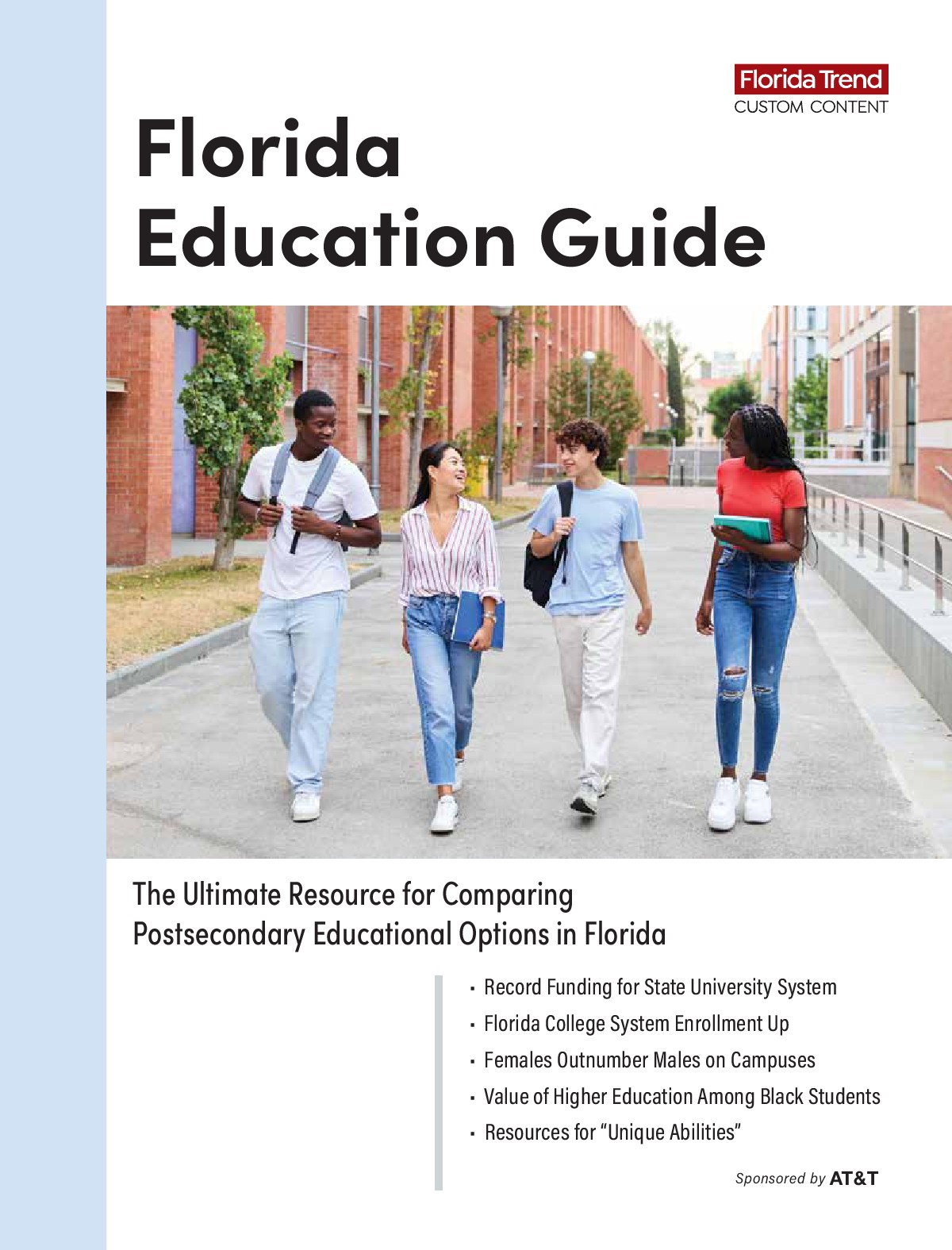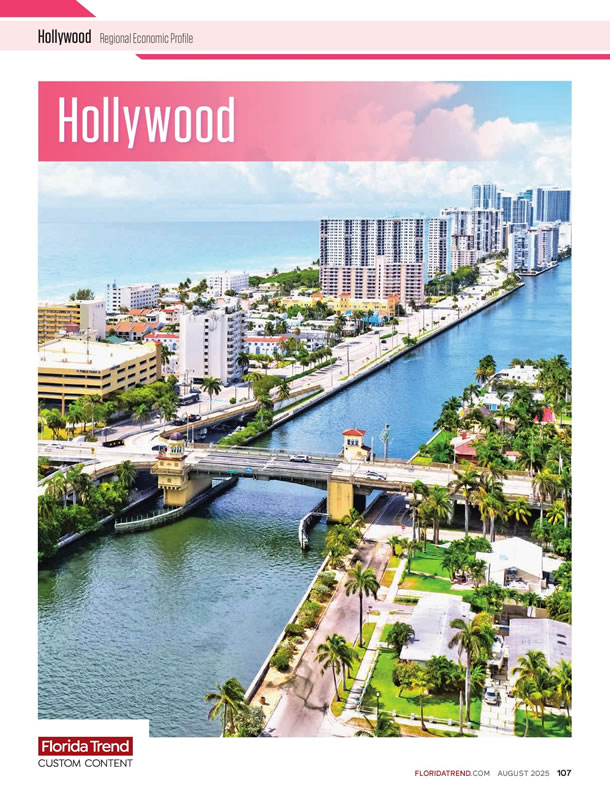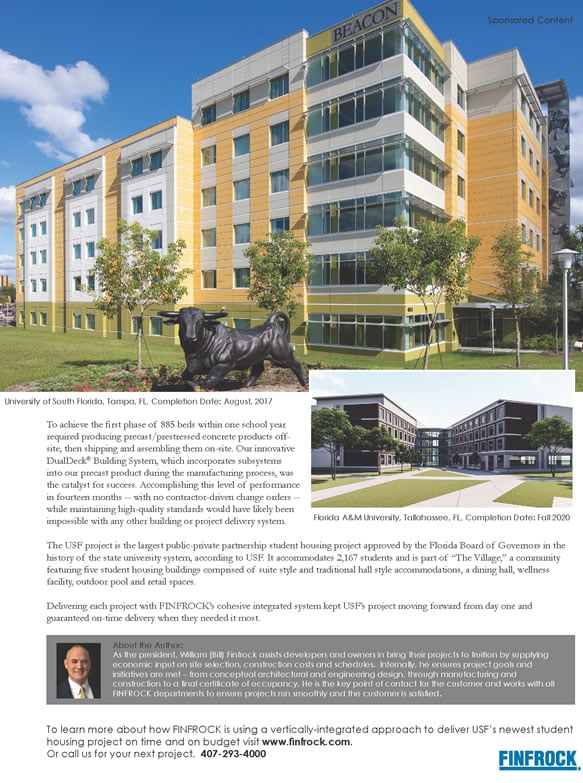Analyzing actual rents in more than 250 large US cities, RENTCafé compiled a comprehensive study using data from Yardi Matrix. The study looks at the most important rent trends that influenced one of the nation's hottest housing markets during 2017.
Here are 9 ways to describe Florida's rental market in 2017:
- While rent growth slowed down in the nation's hottest markets, Florida went against the current in 2017.
- Among all the hot rental markets RENTCafé analyzed, none posted rent decreases.
- Florida's most expensive cities for renters, Fort Lauderdale and Miramar both exhibited significant YOY growth rates in December, 4.0% and 3.8% respectively.
- The ubiquitous Miami managed to preserve a fragile balance between demand and supply. Miami closed the year with a 2.4% rent increase, reaching $1,610/month.
- Facing a housing shortage and pressure coming from big cities, mid- and small-sized markets saw rents soaring.
- Currently at $1,258/month, the average rent in St. Petersburg, Florida, increased the most by a whopping 9.2%. Renters here ended up paying approx. $1,270 in extra rent for the year.
- Coming in 2nd on the list of the fastest growing rents in the Sunshine State, Orlando closed the year with a 6.1% increase.
- Jacksonville saw rents increase by 4.9%. With the average rent clocking in at $994 in December, the city is worryingly near the $1,000 threshold.
- At the end of 2017, Tampa struggled to keep prices in check with a 4.1% growth rate.
For average rents in cities across the U.S., plus infographics, click here.












